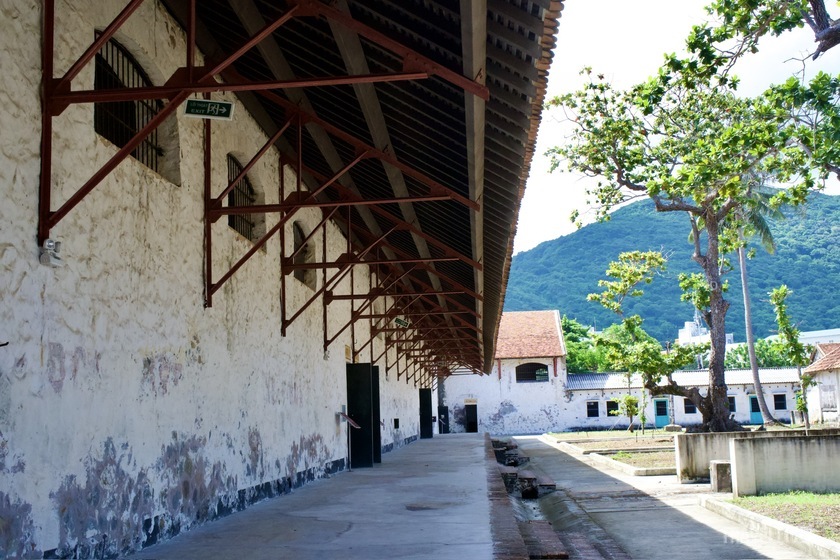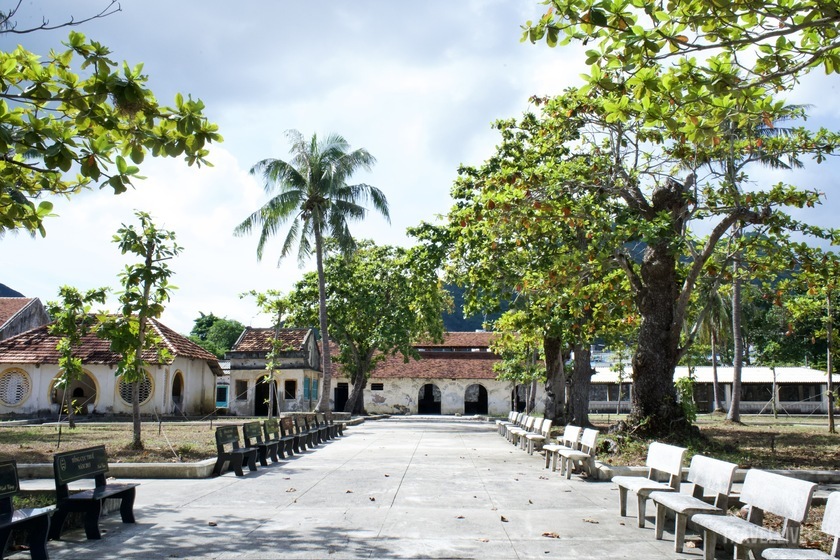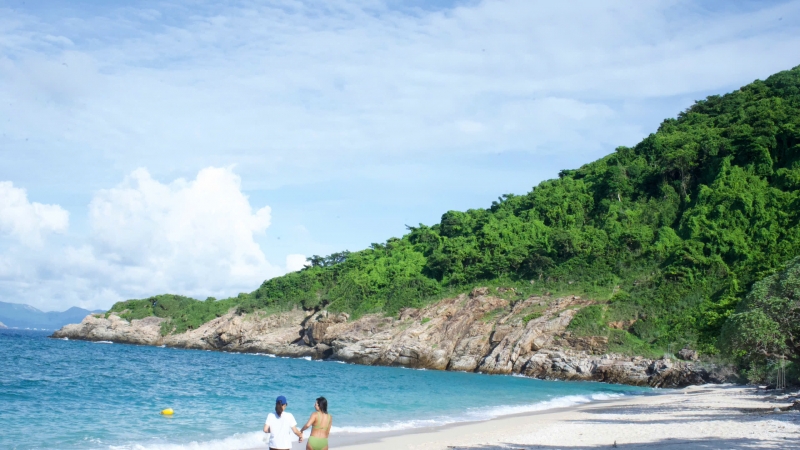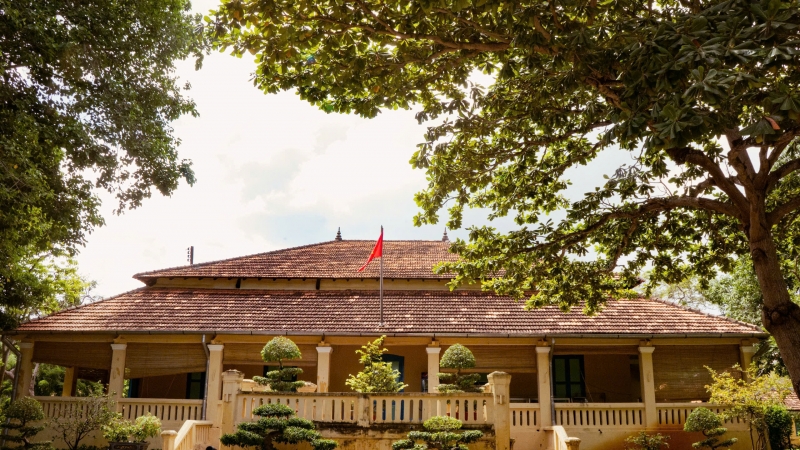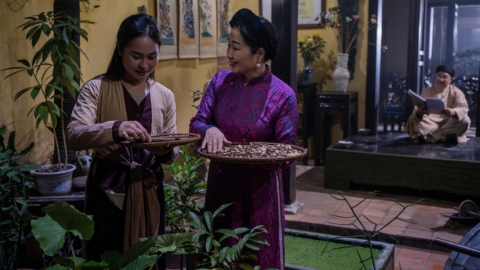Phu Son Prison, also known as Lao 2, is located right next to Phu Hai Prison, built by the French colonialists in 1916. Associated with the bloody history of Con Dao Prison, this place once held steadfast patriotic soldiers during the resistance war.
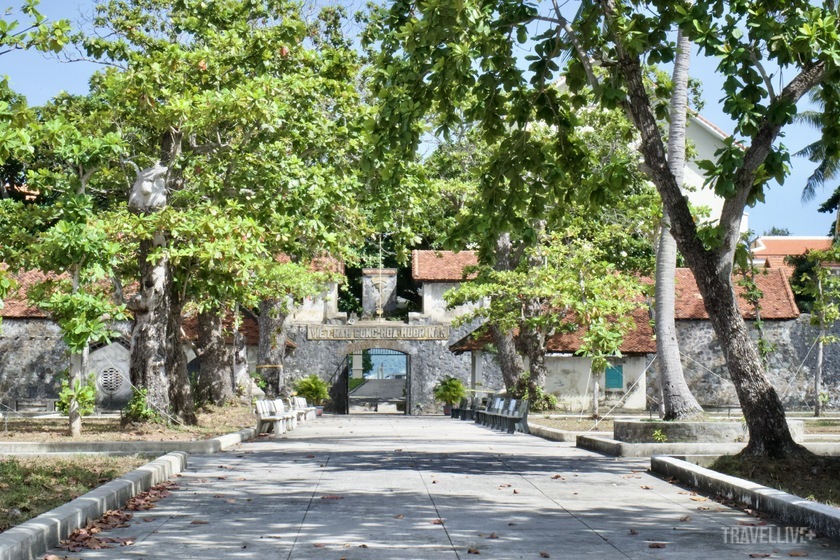
Phu Son Prison Camp is also known as Lao 2.
Unique architecture and harshness of prison
Phu Son prison camp is one of the most notorious prison camps, which once held thousands of prisoners, mainly those who participated in the resistance.
The architecture of Phu Son prison was designed in a classical Western style with thick walls, stone cells, solid iron doors and a strict security system. Each cell, though small and cold, contained tragic historical stories. The forced labor regime, torture and confinement of prisoners in harsh conditions caused many people to die under the brutal hands of the colonialists.

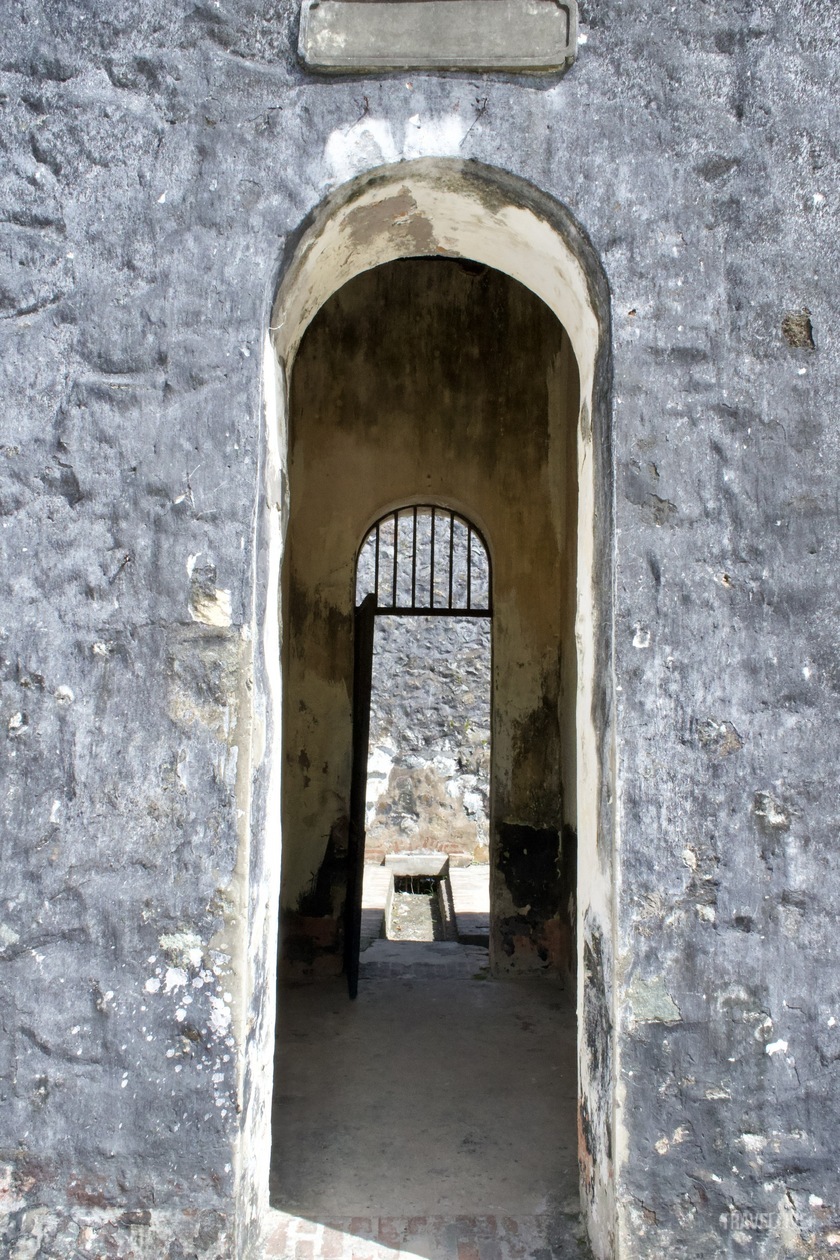
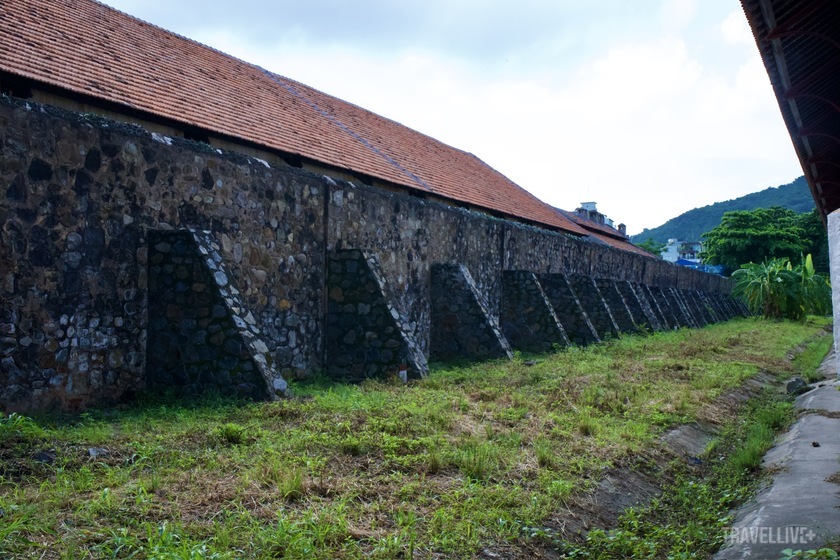
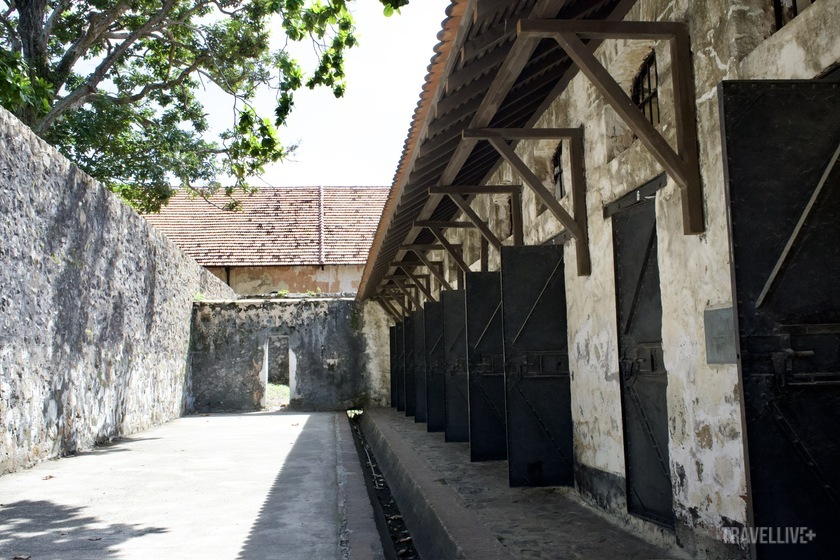
The cell area is also sophisticatedly arranged, hidden behind a thick wall.
Inside Phu Son camp, the cells were not only where prisoners were locked up but also witnessed many tragic scenes: from torture to stubborn uprisings. The rough, cracked walls still seemed to retain the painful sounds and echoes of screams from the past.


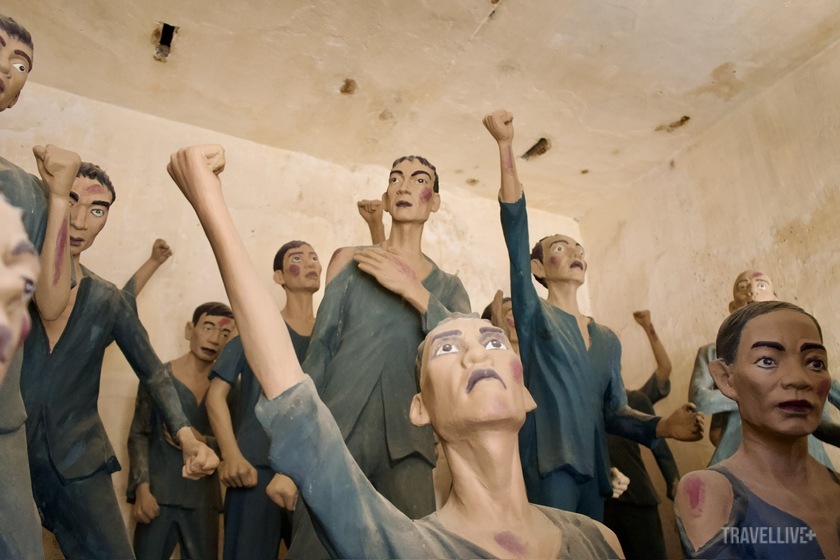

Everything is stained with time
Phu Son Prison is a notorious prison, where many revolutionary, communist and political soldiers from the North and Central regions were detained. Despite being imprisoned in harsh conditions, the soldiers remained steadfast and did not succumb to any torture from the enemy. The prison became a special battlefield, where they constantly fought to protect their ideals and regain freedom. This place witnessed many uprisings of political prisoners, including the "Autumn Uprising" in 1970, with the participation of more than 4,000 prisoners.
Previously, in the spring of 1935, in this very camp yard, comrades Pham Van Dong, Nguyen Van Linh, Nguyen Kim Cuong and many other comrades successfully organized the play "Napoleon". This event was not only a cultural and entertainment activity but also had profound diplomatic significance, affirming the courage and intelligence of the communists. The respect of the French prison guards for the prisoners somewhat softened the brutality of the prison.
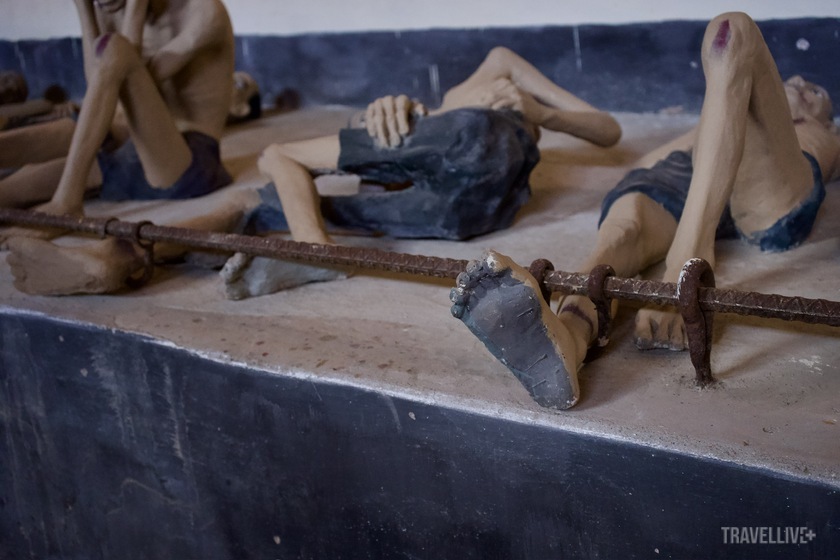
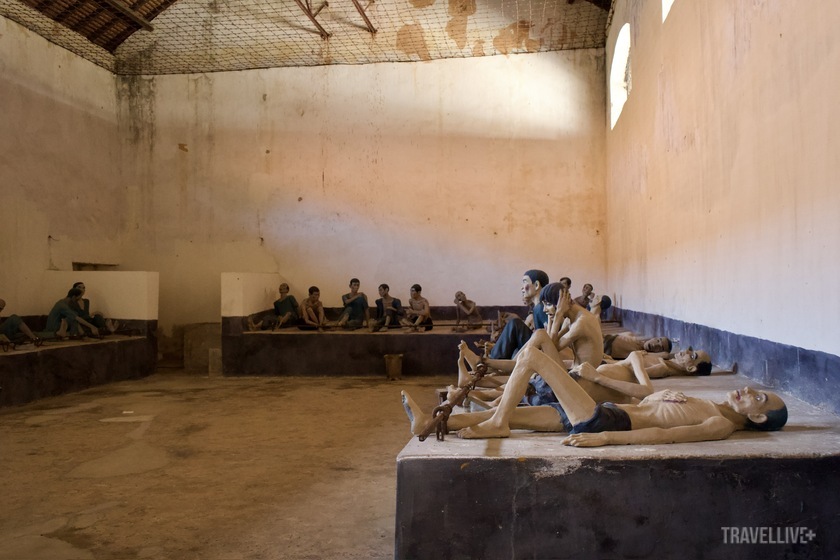
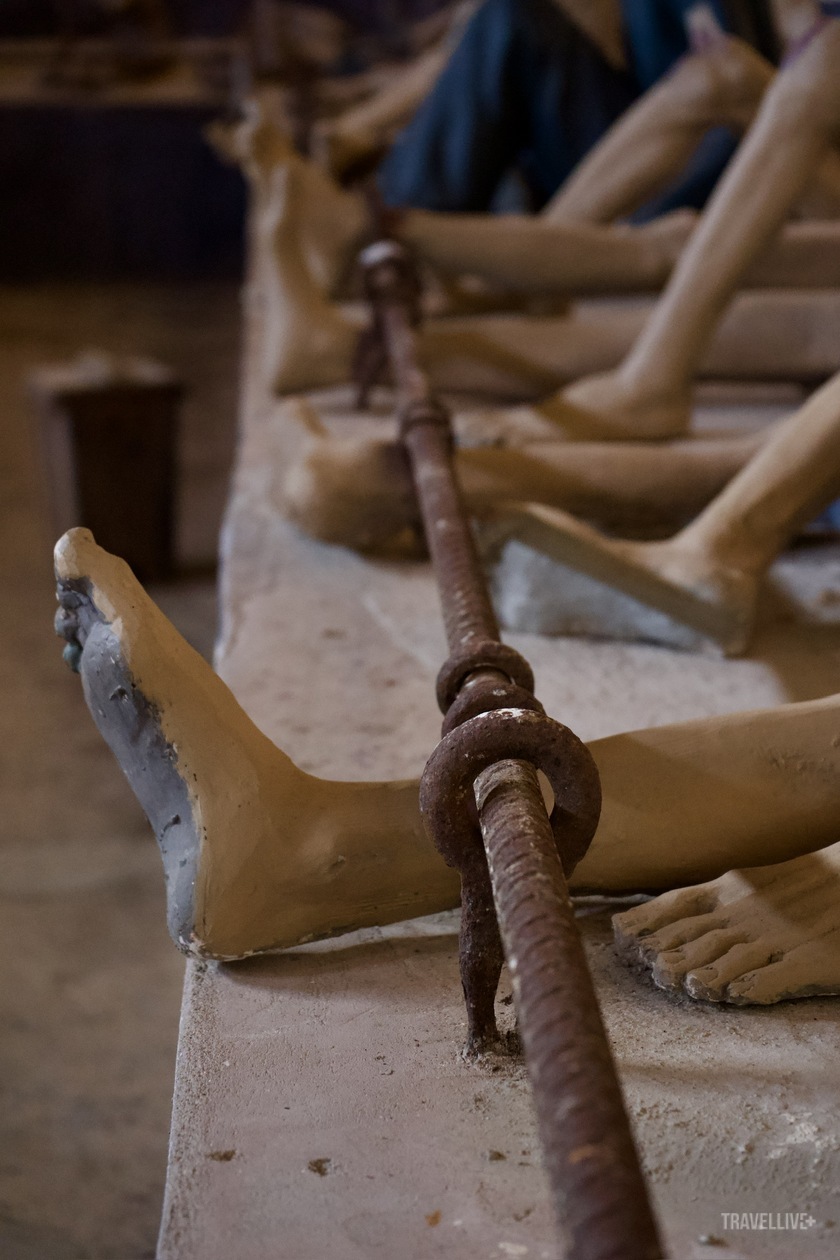
Prisoners confined here suffer from scabies all over their bodies, wasting away from lack of light, air and nutrition.
It was also here, under the light of Ho Chi Minh's ideology, that talents such as Nguyen Van Cu, Pham Van Dong, Le Duan, and Nguyen An Ninh united together, becoming staunch communists, wholeheartedly serving the Fatherland. That is why Phu Son camp is also known as "Communist nursery".
Historical relics associated with cultural heritage
Phu Son Prison, as an indispensable part of the chain of relics of Con Dao prison, holds within itself an extremely great historical value. It is a testament to the strong vitality of the Vietnamese people through the liberation wars, where revolutionary soldiers endured countless hardships but still fought steadfastly until their last breath.

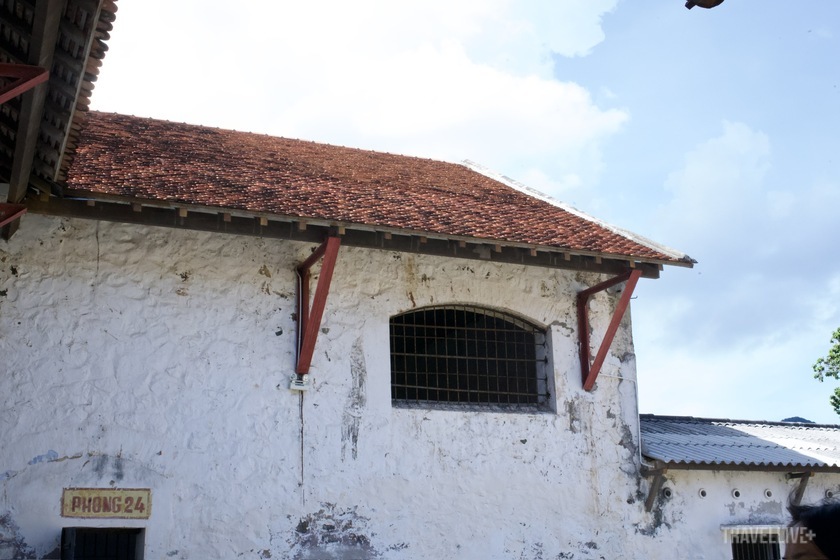
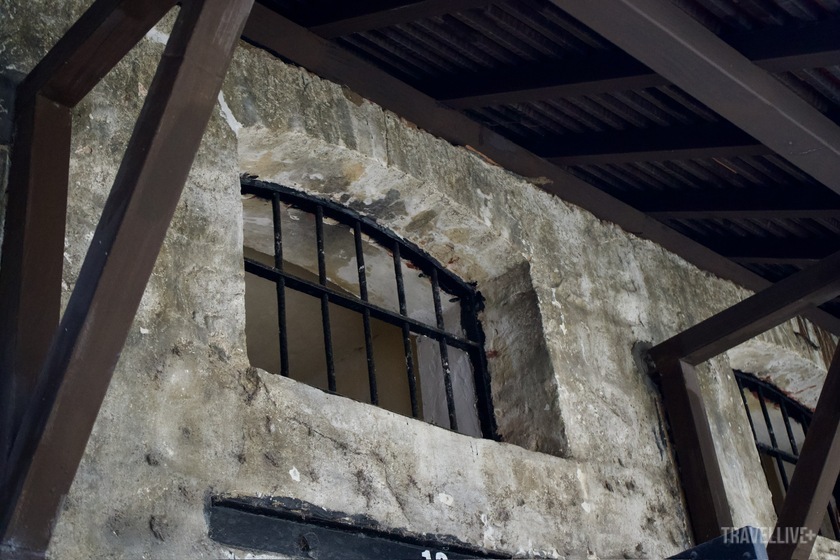
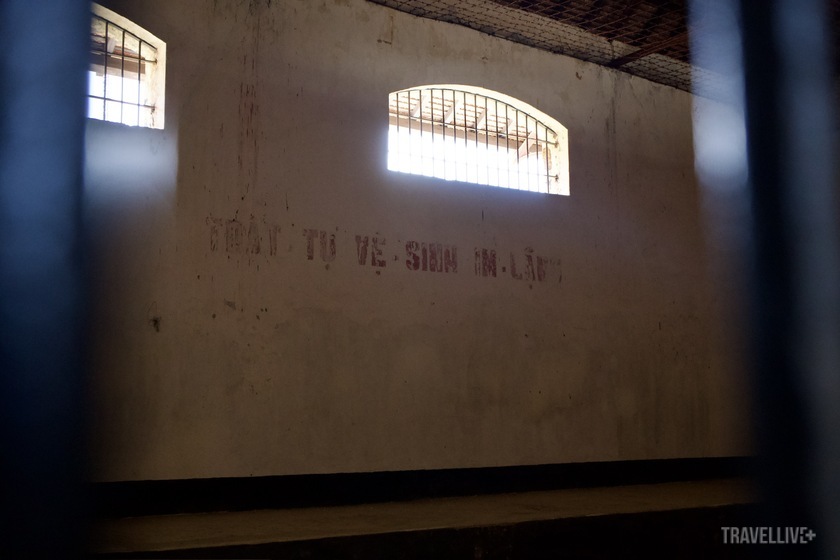
During the period 1951 - 1953, this place detained groups of prisoners of war from the North and Central regions.
Today, Phu Son camp is not only a historical relic but also an attractive destination for those who love to learn about the past of the nation. For those who are passionate about history, Phu Son camp is a destination not to be missed to feel, reflect on the past and honor the priceless sacrifices of previous generations.
Nguyen Hong (35 years old, tourist from Ho Chi Minh City) shared: "A visit here will be a journey back to the past to better understand a period full of hardship and sacrifice of our ancestors. The feeling of standing in front of the cold walls, as if the sound of lamentation still echoes, will help visitors see part of the harshness of history and the resilience of the Vietnamese people."
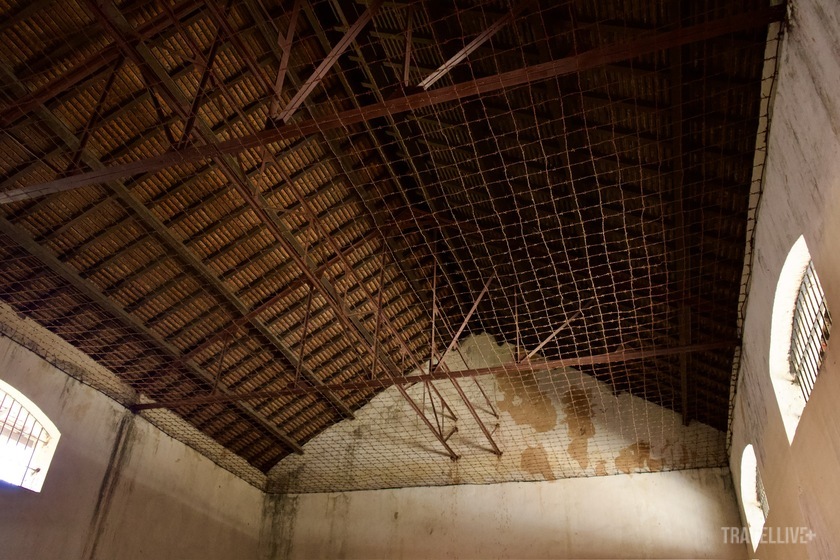
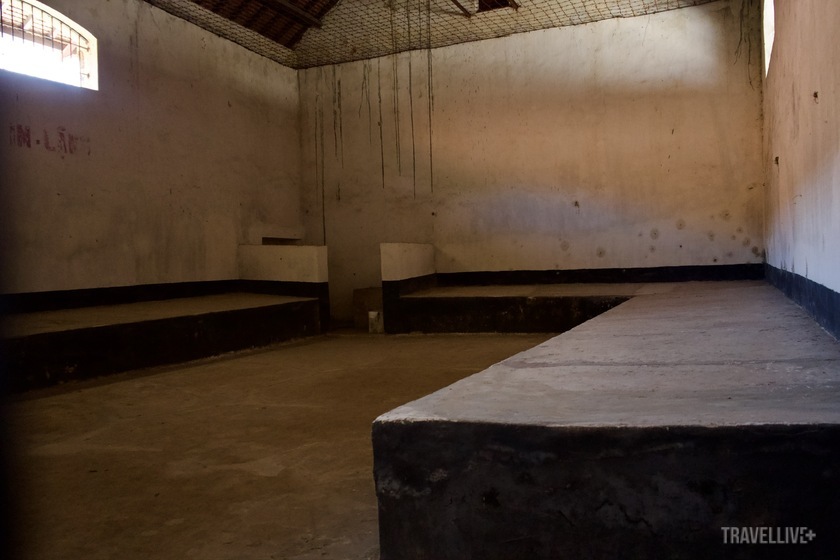
Inside a prison cell

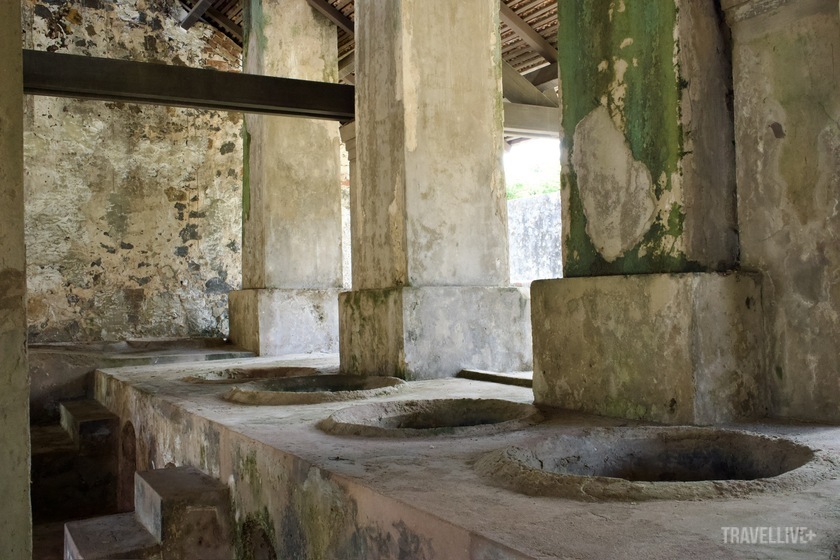

The kitchen and infirmary are still intact.

